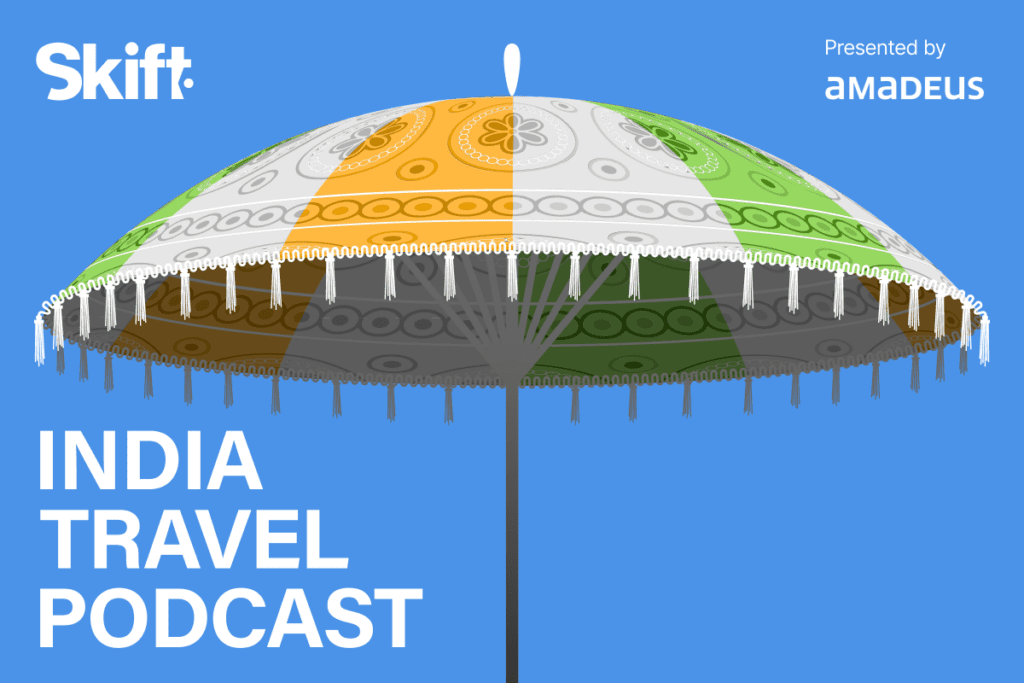
Skift Take
A 44% increase in foreign arrivals in 2023, may suggest recovery for Indian inbound tourism, but the country has a long way to go to realise its true potential in tourism.
Despite a strong recovery in 2023, Indiaâs inbound numbers are still not back to pre-pandemic levels. Whatâs holding it back? Is it infrastructure, global perception, or something else? Catch Asia Editor Peden Doma Bhutia in conversation with Dipak Deva, managing director of Travel Corporation India, the countryâs largest inbound travel company, as they dive into the challenges and opportunities shaping the future of inbound tourism.
Key Points
Indian Inbound Tourism’s Slow Recovery: Despite a 44% increase in foreign arrivals in 2023, India has not fully recovered to 2019 levels, which is not even close to the country’s true potential in tourism.
Lack of Promotion: The conversation identifies the lack of effective promotion of “Incredible India” by the Ministry of Tourism as the primary factor holding back India’s inbound tourism. He stresses the need for a well-thought-out strategy and significant budget for global promotion to capitalize on current opportunities.
Government’s Role: While the 2025 interim union budget increased funding for tourism infrastructure, it drastically cut global promotion spending by 97%, sending mixed signals about the government’s commitment to boosting inbound tourism.
Safety Concerns: Reports on crimes against women have negatively impacted India’s image as a tourist destination, making safety a significant concern that needs continuous PR efforts to counter.
Challenges and Opportunities: India boasts a diverse and rich tourism ecosystem, but challenges such as inadequate data collection and an overemphasis on traditional cultural tourism need to be addressed. Deva advocates for expanding India’s appeal to younger, high-spending travelers and promoting the country as more than just a once-in-a-lifetime destination.
Pricing and Infrastructure: While high airfares and hotel rates in major cities are concerns, these are not significant barriers. What’s important is the service quality in maintaining India’s competitive edge in the global tourism market.
Events Impacting Inbound Travel: The G20 Summit and the Cricket World Cup significantly boosted inbound travel between September and November, showcasing the potential of major events to drive tourism.
Listen Now
Episode Summary
This episode of the Skift India Travel podcast dives deep into the current state of India’s inbound tourism with industry expert Dipak Deva. Despite the nation’s significant growth in outbound travel, Indiaâs inbound tourism has yet to bounce back to pre-pandemic levels. The conversation highlights the 44% increase in foreign arrivals in 2023, yet underscores that this resurgence has not fully met its potential.
Deva emphasizes the importance of not just focusing on tourist arrivals but on maximizing tourist revenue, which truly reflects the industry’s value. He identifies the lack of promotion of “Incredible India” by the Ministry of Tourism as a major obstacle, stressing the need for a well-thought-out strategy that includes robust global promotion to capitalize on opportunities such as the declining appeal of China as a tourist destination.
The discussion also touches on the mixed signals from the government, with a significant increase in tourism infrastructure funding yet a drastic cut in global promotion spending. Deva reflects on the golden years of 2014-2019, when simple measures like the introduction of electronic visas and quality content promotion led to record inbound tourism numbers. He argues that without substantial investment and a strategic approach, India risks missing out on its full tourism potential.
The episode wraps up with a critical look at the challenges India faces in promoting itself as a global destination, including infrastructure issues, global competition, and the importance of capturing data to build a long-term strategy.

